Regulatory Changes
Regulatory changes play a crucial role in shaping the Car Insurance Market. Governments worldwide are increasingly focusing on consumer protection and transparency, leading to new regulations that impact how insurers operate. For instance, mandates for minimum coverage levels and the introduction of no-fault insurance systems are becoming more prevalent. These regulations can influence pricing structures and coverage options available to consumers. Additionally, the push for more stringent data protection laws is prompting insurers to enhance their cybersecurity measures, which may incur additional costs. As these regulatory frameworks evolve, they could significantly affect market dynamics, potentially leading to increased compliance costs for insurers and altering competitive strategies within the Car Insurance Market.
Rising Vehicle Ownership
The rising vehicle ownership rates are a significant driver of growth in the Car Insurance Market. As more individuals acquire vehicles, the demand for car insurance naturally escalates. Recent statistics indicate that vehicle ownership has increased by approximately 15% over the past five years, particularly in emerging markets where economic growth is fostering a burgeoning middle class. This trend is likely to continue, with projections suggesting that global vehicle ownership could reach 2 billion by 2030. Consequently, insurers are adapting their offerings to cater to a more diverse customer base, including tailored policies for electric and hybrid vehicles. This surge in vehicle ownership not only expands the customer pool but also intensifies competition among insurers, prompting them to innovate and enhance their service offerings.
Technological Advancements
The Car Insurance Market is experiencing a notable transformation due to rapid technological advancements. Innovations such as telematics, artificial intelligence, and big data analytics are reshaping how insurers assess risk and price policies. Telematics devices, which monitor driving behavior, allow insurers to offer usage-based insurance, potentially reducing premiums for safe drivers. According to recent data, the adoption of telematics is projected to increase by 25% over the next five years, indicating a shift towards more personalized insurance solutions. Furthermore, AI-driven claims processing is enhancing efficiency, reducing operational costs, and improving customer satisfaction. As technology continues to evolve, the Car Insurance Market is likely to see increased competition and a greater emphasis on customer-centric offerings.
Economic Factors and Consumer Spending
Economic factors, including disposable income levels and overall consumer spending, are pivotal in shaping the Car Insurance Market. As economies recover and grow, consumers are more likely to invest in vehicles and, consequently, car insurance. Recent economic indicators suggest a steady increase in disposable income, which correlates with a rise in car purchases and insurance uptake. Additionally, fluctuations in fuel prices and maintenance costs can influence consumer behavior, impacting their willingness to purchase comprehensive insurance policies. Insurers must remain agile in adapting to these economic shifts, as they can directly affect policy pricing and coverage options. The interplay between economic conditions and consumer spending habits will continue to be a critical driver in the Car Insurance Market.
Increased Awareness of Insurance Importance
There is a growing awareness among consumers regarding the importance of car insurance, which is significantly influencing the Car Insurance Market. Educational campaigns and increased access to information have led to a more informed consumer base that understands the necessity of adequate coverage. This heightened awareness is particularly evident among younger drivers, who are increasingly seeking comprehensive policies that offer protection against a variety of risks. Market data suggests that approximately 70% of new car buyers now prioritize insurance as a critical factor in their purchasing decisions. As consumers become more discerning, insurers are compelled to enhance their value propositions, offering more transparent and customizable insurance solutions to meet evolving expectations.
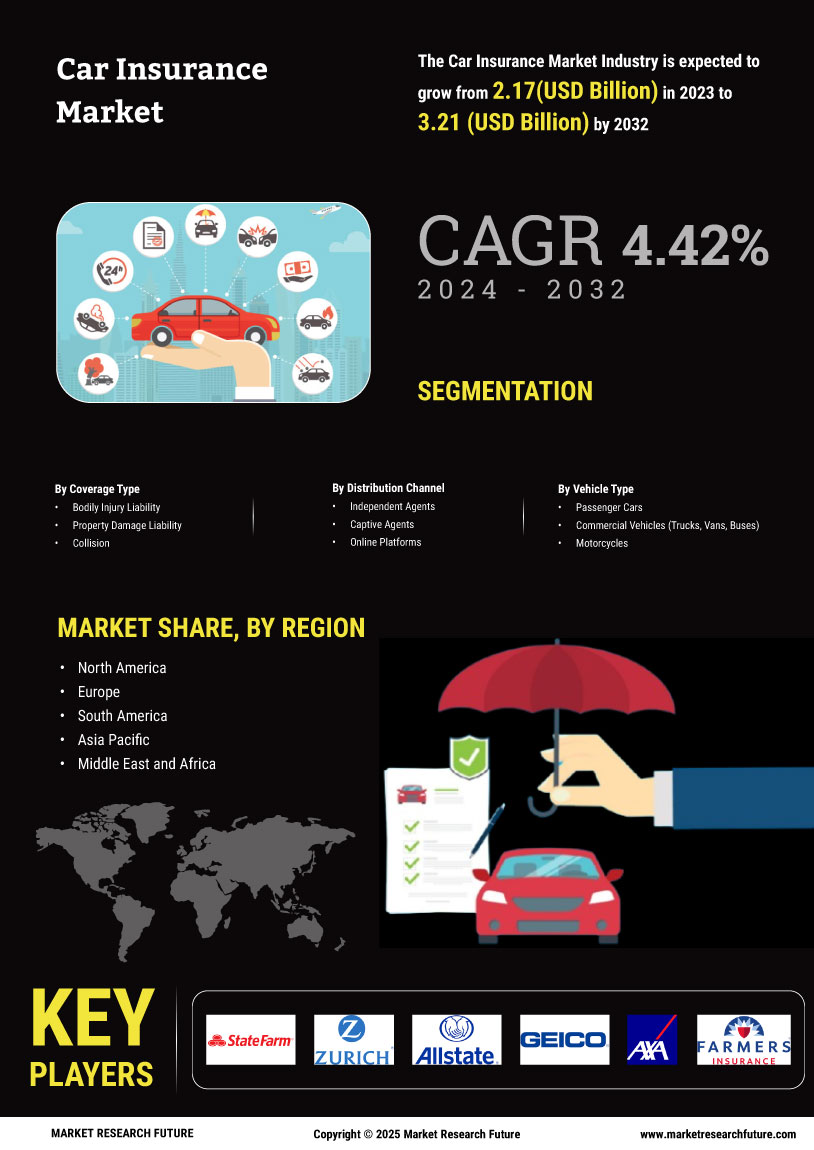

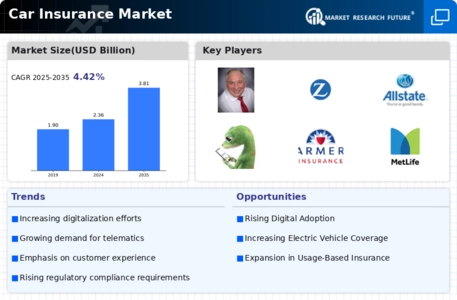
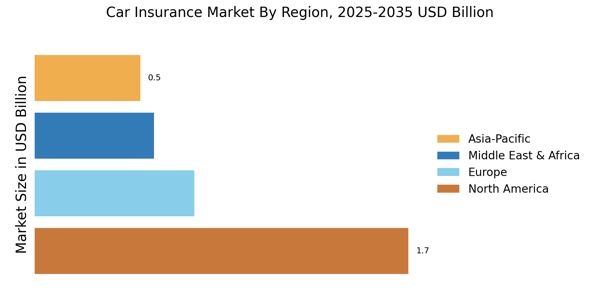
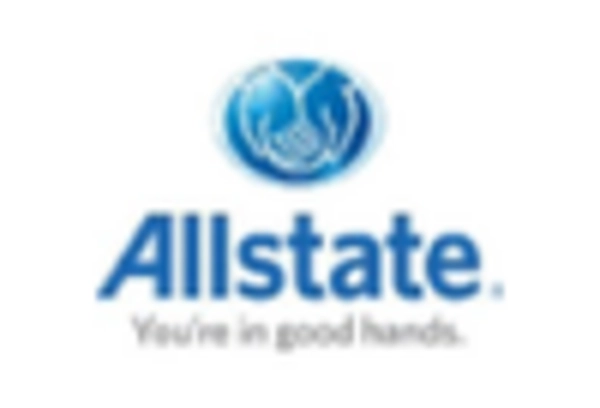
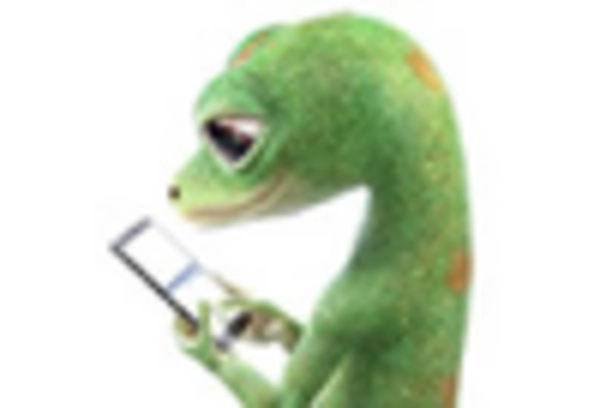
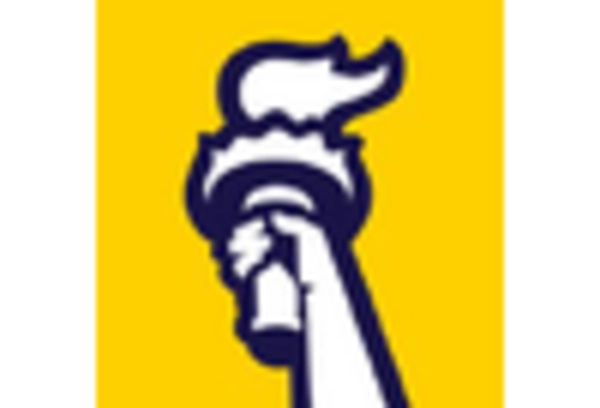
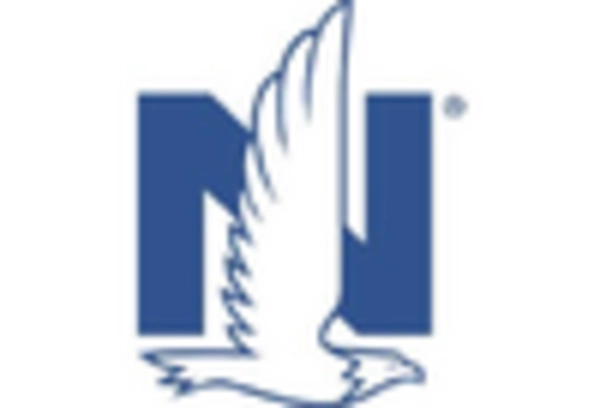
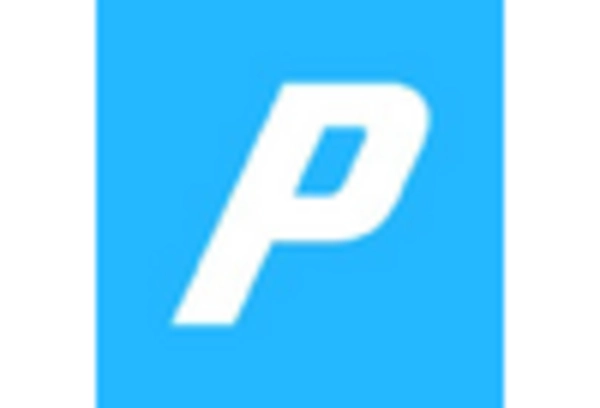
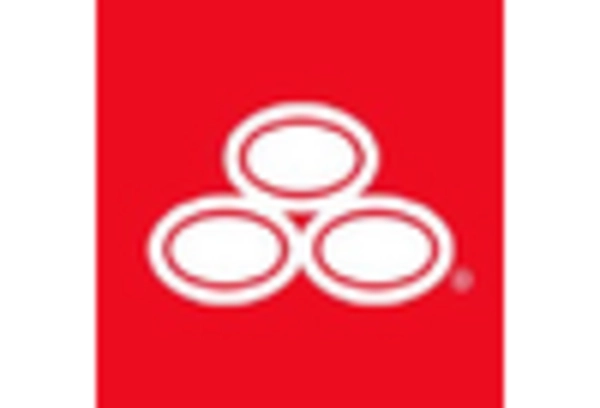








Leave a Comment